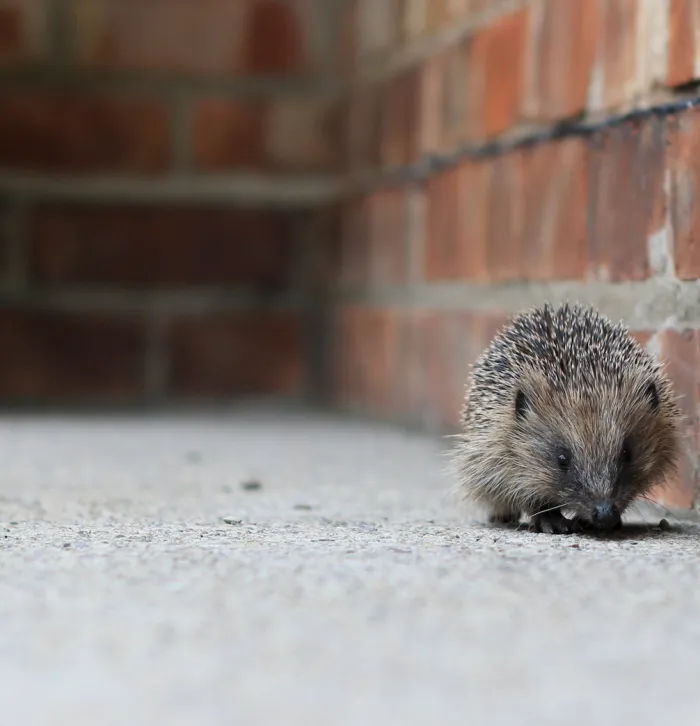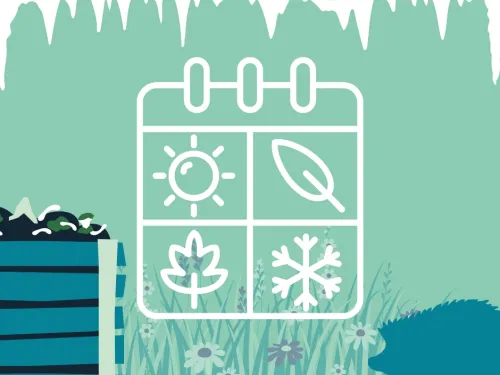
Sustainable food growing
On this page you'll find useful tips on how to grow food in ways that help your community and the biodiversity around it

Surfaced spaces needn't exclude wildlife! Gravel can often be the most wildlife-friendly solution for a particular area.
Surfaced spaces have all kinds of uses. You may need off-street parking, or a low-maintenance alternative to a lawn; a path running between flower beds, or just somewhere to sit and enjoy the garden. There are many surfaces to choose from – paving slabs, poured concrete, granite sets, bricks, decking, turf … But, on balance, gravel can be one of the more hospitable options when it comes to wildlife. Not only is it low-maintenance and relatively cheap for you, but it provides the perfect environment for drought-tolerant planting, attracting wildlife when other parts of the garden may not.
Gravel provides the perfect environment for drought-tolerant planting, attracting wildlife when other parts of the garden may not



On this page you'll find useful tips on how to grow food in ways that help your community and the biodiversity around it

In this page you'll find an array of information to how to best help wildlife over the changing seasons each year

On this page you'll find exciting information on getting involved with citizen science project in your own home and community

On this page you'll find useful information on how to take environmental action from home and in your community

On this page you'll find useful information on how to reach out to others about nature & the environment

On this page you'll find excellent tips on how to shop sustainably and be mindful of what you're eating